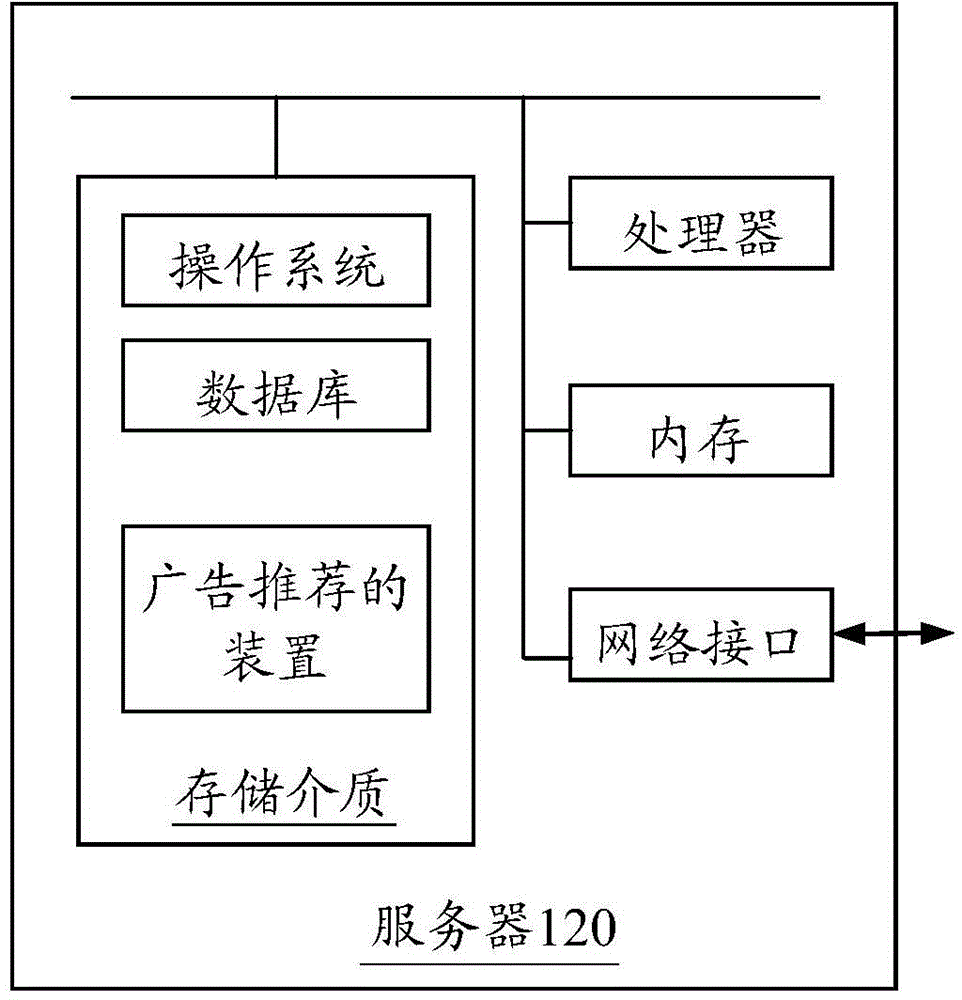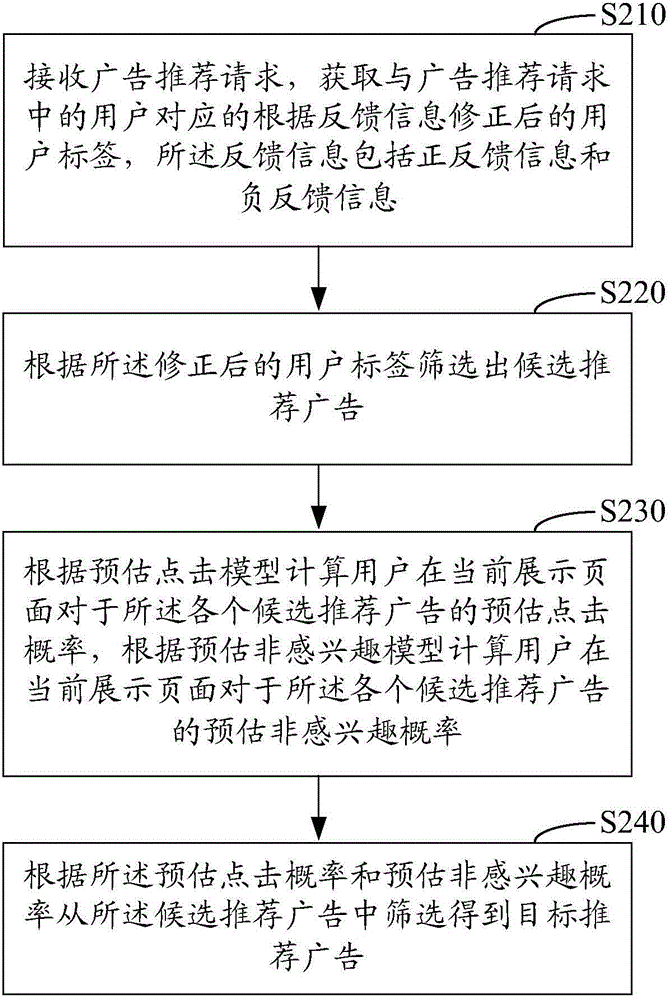Advertisement recommendation method and apparatus
An advertisement and recommendation request technology, applied in the computer field, can solve the problems of deep mining without considering the real emotional orientation and interest level of advertisements, low accuracy of advertisement recommendation, and difficulty in identifying the negative emotions of users. Precise, precision-enhancing effects
- Summary
- Abstract
- Description
- Claims
- Application Information
AI Technical Summary
Problems solved by technology
Method used
Image
Examples
Embodiment Construction
[0029] figure 1 An application environment diagram for the operation of the advertisement recommendation method in an embodiment, such as figure 1 As shown, the application environment includes a terminal 110 and a server 120, and the terminal 110 and the server 120 communicate through a network.
[0030] The terminal 110 may be a smart phone, a tablet computer, a notebook computer, a desktop computer, etc., but is not limited thereto. The server 120 may respond to the request sent by the terminal 110 .
[0031] In one embodiment, figure 1 The internal structure of the server 120 in figure 2 As shown, the server 120 includes a processor, a storage medium, a memory, and a network interface connected through a system bus. Wherein, the storage medium of the server 120 stores an operating system, a database, and a device for advertising recommendation. The database is used to store data, such as storing advertising resources, user information, and user tags. 120 methods of a...
PUM
 Login to View More
Login to View More Abstract
Description
Claims
Application Information
 Login to View More
Login to View More - R&D
- Intellectual Property
- Life Sciences
- Materials
- Tech Scout
- Unparalleled Data Quality
- Higher Quality Content
- 60% Fewer Hallucinations
Browse by: Latest US Patents, China's latest patents, Technical Efficacy Thesaurus, Application Domain, Technology Topic, Popular Technical Reports.
© 2025 PatSnap. All rights reserved.Legal|Privacy policy|Modern Slavery Act Transparency Statement|Sitemap|About US| Contact US: help@patsnap.com



